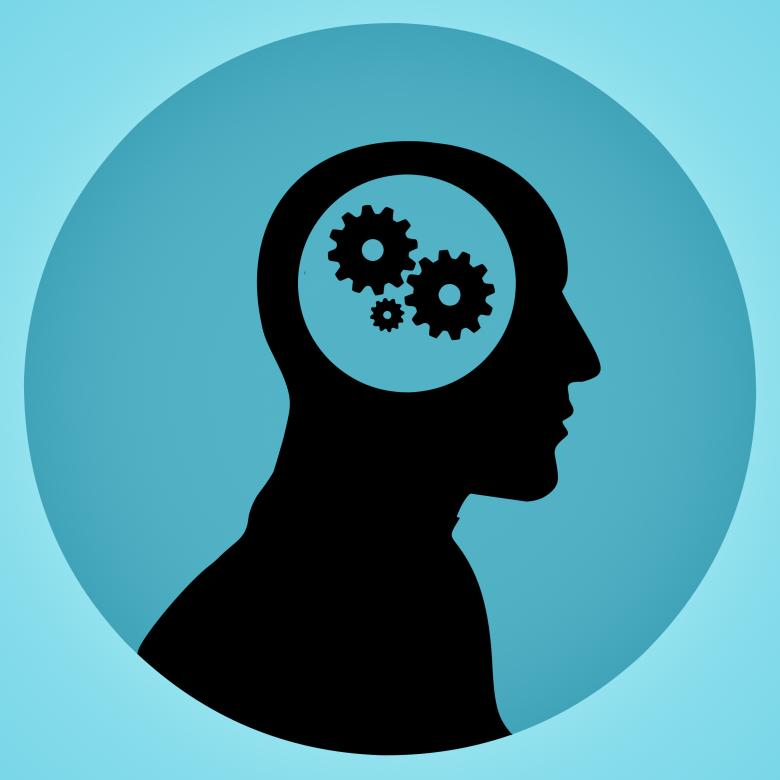Looking at Differentiation...An Overview.
What is Differentiated Instruction (DI)?
Differentiated instruction is a framework, not an instructional strategy, where different aspects of the curriculum are adjusted to help the student learn the content and show achievement. Differentiation speaks to the idea of equity for the learner. This framework is often connected to the tenets of universal design for learning (UDL). The UDL framework holds that content should be presented in multiple ways, processed in multiple ways, and presented in multiple ways. Differentiated instruction holds that students should be allowed multiple options from which to choose or with which the content is assigned to learn, process, and present content showing what learning and how learning has happened.
Carol Ann Tomlinson, a prominent researcher and the pioneer of differentiated instruction, shares a concise definition to ground the work around DI in the classroom.
The Model of the Framework
How to Differentiate?
References
More To Come
Check out other blogs breaking down the components of the Differentiated Instruction (DI) framework below:
- Looking at Differentiation...An Overview.
- Differentiating Content
- Differentiating Process
- Differentiating Product
- Differentiating Affect
- Differentiating the Learning Environment
- Teacher Mindset
- Looking at Differentiation...An Overview.
- Differentiating Content
- Differentiating Process
- Differentiating Product
- Differentiating Affect
- Differentiating the Learning Environment
- Teacher Mindset





Comments
Post a Comment